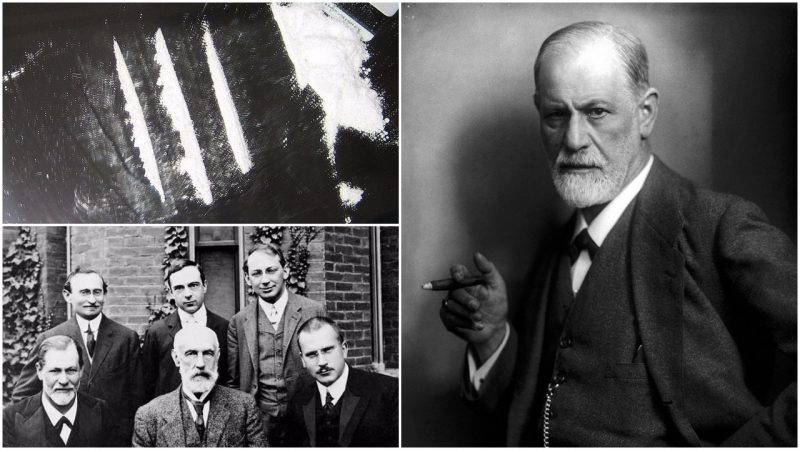Sigmund Freud was the founder of psychoanalysis, a clinical method for treating psychopathology based on the exploration of sexuality and the unconscious, which focuses on the dialogue between a patient and a psychoanalyst.
His work inspired many theoreticians and philosophers of the 20th century and influenced several important methods of psychological treatment like Carl Gustav Jung’s analytical psychology and the psychoanalysis of Jacques Lacan. Freud experimented with a vast array of approaches and methods, and some of these methods were quite controversial.
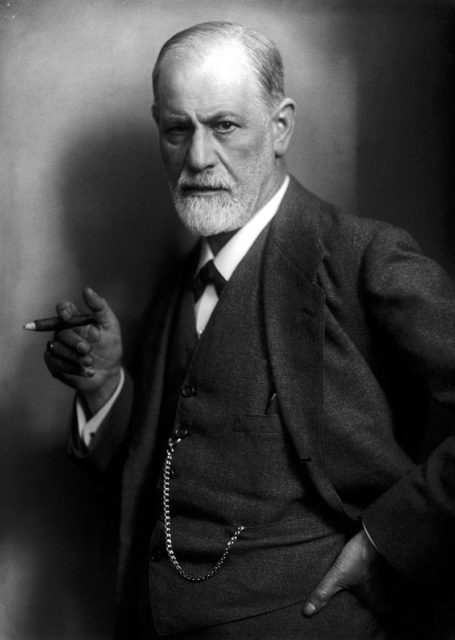
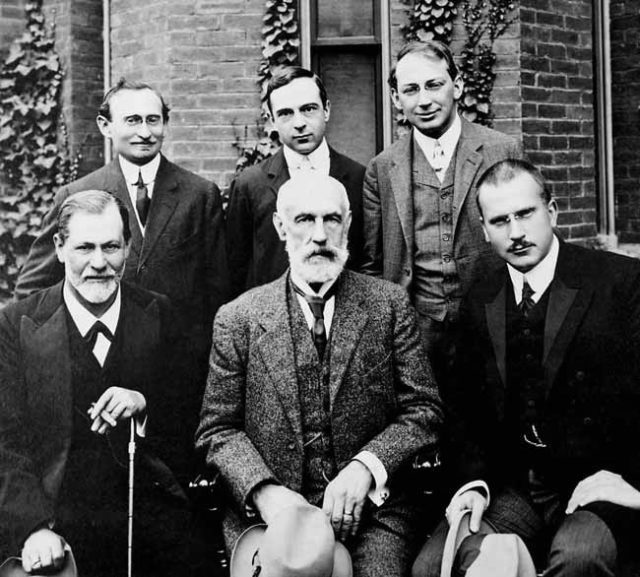
Freud, who was initially a neurologist, was a user and proponent of cocaine as a stimulant and analgesic. He believed that cocaine may be a cure for many mental and physical issues. In 1884 he wrote a scientific paper “On Coca”, in which he praised many wondrous benefits of cocaine. He recommended it as a painkiller and an antidepressant.
In his later articles on cocaine, Freud mentioned that cocaine could probably be used as an anesthetic, but he never explored this particular feature of the drug. The use of cocaine as an anesthetic was propagated by Freud’s colleague Karl Kroller, who discovered that cocaine can be used as an anesthetic in delicate eye surgery. By this time, cocaine was present in every pharmacy and was even used to treat children’s toothache.
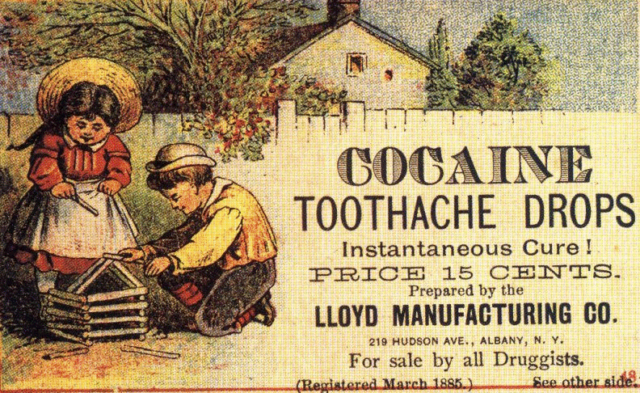
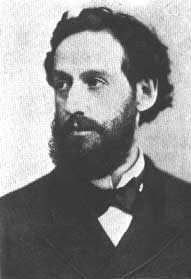
Although cocaine was applicable in some situations, Freud made a huge mistake when he recommended it as a cure for morphine addiction. He had introduced cocaine to his friend Ernst von Fleischl-Marxow who had become addicted to morphine. Fleischl-Marxow began using cocaine to treat crippling nerve pain resulting from an infection acquired while performing an autopsy.
Freud treated Fleischl-Marxow with cocaine and claimed that cocaine cured his addiction. However, Fleischl-Marxow soon developed an acute case of cocaine psychosis and returned to using morphine. He died several years later, still addicted to morphine and suffering even worse pain than before.
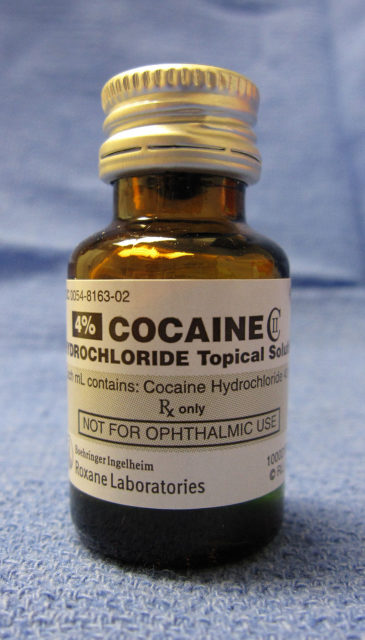
The use of cocaine as an anesthetic turned out to be the only safe use of cocaine. Reports of cocaine addiction and overdose began coming from many places around the world, and Freud’s reputation as a physician began deteriorating.
He continued to take the drug to treat depression, migraine, and nasal inflammation but decided to quit using it during the early 1890’s.
